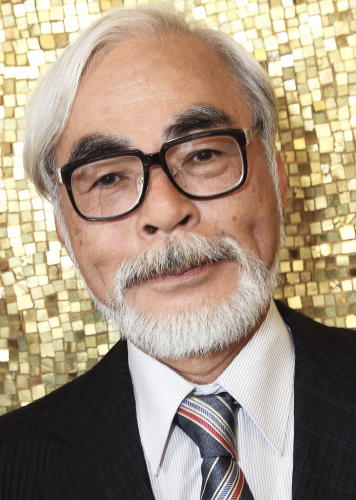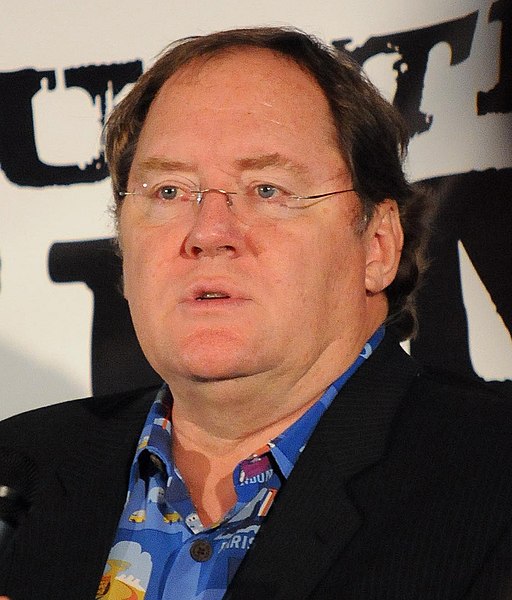WORKPRINT STUDIOS BLOG POST #21 - Animation In Film
Filmmaking Blog
Welcome to the Workprint Studios Blog.
WORKPRINT STUDIOS BLOG POST #21 - Animation in Film
Animation Techniques in Film: An Overview
Animation is the art of bringing still images to life. In film, animation is used to create characters, objects, and environments that are impossible to capture using traditional filmmaking techniques. Animators use a wide range of techniques to create these visuals, from traditional hand-drawn animation to cutting-edge computer-generated imagery. In this blog post, we'll take a closer look at some of the most well-known animators and animation techniques in film and examine how they impact the overall finished product.
The Pioneers of Animation
One of the earliest pioneers of animation was Walt Disney. He revolutionized the animation industry by introducing sound to animation with his iconic character, Mickey Mouse. Another notable pioneer was Max Fleischer, who created the first animated feature film, Snow White, in 1933. He also developed the rotoscope technique, which involved tracing live-action footage to create realistic movement in animation.
The Impact of Animation Techniques
Animation techniques have a significant impact on the overall finished product of a film. For instance, stop-motion animation, which involves manipulating real-world objects to create movement, has a unique and charming aesthetic that draws audiences in. Similarly, computer-generated imagery (CGI) allows for the creation of incredibly detailed and lifelike characters and environments that would be impossible to create using traditional techniques.
The Draw of Specific Animators
Certain animators have a distinct style that draws audiences to their work. For example, Hayao Miyazaki's Studio Ghibli films are known for their beautiful hand-drawn animation and unique stories. Similarly, Pixar's films are known for their cutting-edge CGI and heartfelt storytelling. This allure draws audiences in and increases the chances of a film's success, as viewers are eager to experience the specific animator's vision and storytelling.
The Animator's Choice of Films
An animator's choice of films to work on can also have a significant impact on the finished product. Some animators may pass on a film if they don't connect with the story or characters, while others may choose to work on a project based on its technical challenges or potential for innovation. For instance, the animators who worked on the film Avatar faced the challenge of creating realistic, computer-generated characters that seamlessly blended with live-action footage, resulting in a groundbreaking visual experience.
Directing and Animation
The role of the director in animation is crucial to the finished product. The director must have a strong vision for the story and characters and work closely with the animators to ensure that their vision is translated onto the screen. The director also plays a role in deciding which animation techniques to use and how they should be employed to create the desired effect. For instance, the director of the film Spider-Man: Into the Spider-Verse chose to use a combination of hand-drawn and computer-generated animation techniques to create a unique, comic book-inspired visual style.
The Future of Animation in Film
As technology continues to advance, animation techniques in film will continue to evolve and improve. New techniques and technologies, such as virtual reality and augmented reality, are already being explored and implemented in animation. With each new advancement, animators will have more tools at their disposal to create truly innovative and captivating visuals that will continue to draw audiences to the world of animated film.
Conclusion
Animation techniques have played a significant role in the world of film, from the pioneers who revolutionized the industry to the animators of today who continue to push the boundaries of what is possible. The unique styles and techniques employed by animators draw audiences in and contribute to the success of a film. The future of animation in film looks bright, with new technologies and techniques on the horizon that will continue to expand the possibilities of this dynamic art form.
DID YOU KNOW?
- Animators often use reference videos to help them create realistic movement in their animations. These reference videos can be anything from live-action footage to nature documentaries and even clips of the animators themselves performing actions.
- One of the earliest examples of animation in film was a series of short films created by French filmmaker Émile Cohl in 1908. These films featured simple hand-drawn animation and were some of the first examples of animation being used for entertainment purposes.
- The first feature-length animated film was Snow White and the Seven Dwarfs, which was released by Disney in 1937. The film was a massive success and paved the way for other animated feature films to be made.
- In stop-motion animation, animators have to move physical objects frame-by-frame to create movement in the final animation. This can be a time-consuming process, with some stop-motion films taking years to complete.
- CGI animation has become increasingly popular in recent years, with many animated films being created entirely using computer-generated imagery. These films can be incredibly detailed and realistic, but they also require a large team of animators and technicians to create.
- Some animators specialize in creating animated characters and creatures for live-action films. These creatures are often created using a combination of practical effects and CGI to create a seamless blend between the live-action footage and the animated elements.
- The process of animating a film can involve hundreds of people working together, including animators, storyboard artists, voice actors, and editors. It can take years to complete a feature-length animated film, but the final result can be a truly magical and immersive experience for audiences of all ages.
Where you can find us.








